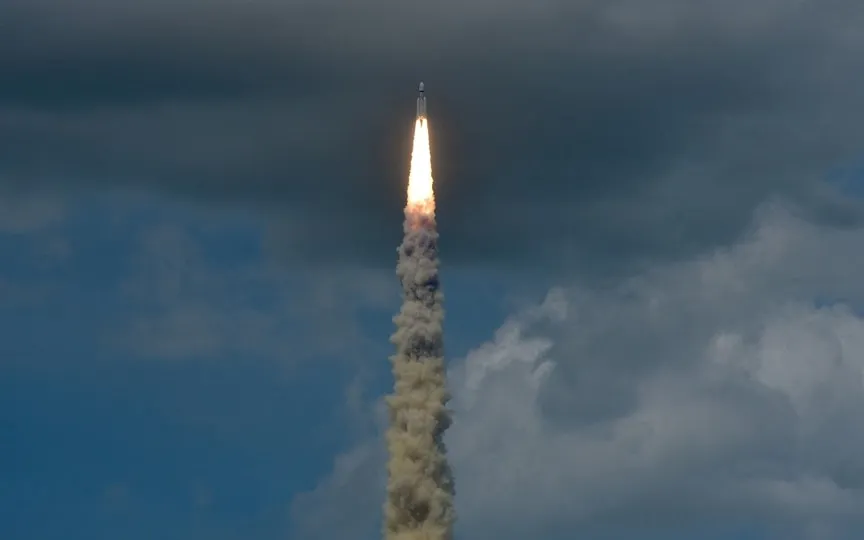Japan’s Moon Lander Successfully Enters Lunar Orbit; JAXA Announces Descent Date to Surface
Japan’s SLIM space probe achieved a significant milestone on Monday as it successfully entered the Moon’s orbit, bringing the country closer to its anticipated inaugural lunar landing next month. Dubbed the “Moon Sniper,” the Smart Lander for Investigating Moon (SLIM) has been engineered to touch down within a mere 100 meters (328 feet) of a predetermined location on the lunar terrain.
If the touchdown is successful, Japan will become only the Fifth country to successfully land a probe on the Moon, after the United States, Russia, China and India.
On Monday, SLIM “successfully entered lunar orbit at 16:51 Japan time” (0751 GMT), the Japan Aerospace Exploration Agency (JAXA) said in a statement released Monday evening.
“Its trajectory change was achieved as originally planned, and there is nothing unusual about the probe’s conditions,” the agency said.
The lander’s descent toward the moon is expected to begin at around 12:00 a.m. Japan time on Jan. 20, and it is scheduled to touch down on the surface 20 minutes later, JAXA said.
The H-IIA rocket took off in September from the southern island of Tanegashima, which carried the aircraft, after three weather-related delays.
JAXA said this month that the mission would be an “unprecedented precision landing” on the moon.
The calculator is equipped with a spherical sensor that was developed together with a toy company.
Slightly larger than a tennis ball, it can change shape to move on the surface of the moon.
Compared to previous probes that landed within “a few or more than 10 kilometers” of targets, SLIM’s claimed margin of error of less than 100 meters suggests that precision was never impossible, thanks to 20 years of effort by scientists. According to JAXA.
As technology advances, demand will increase to locate objects such as craters and rocks on the moon’s surface, Shinichiro Sakai, JAXA’s SLIM project manager, told reporters this month.
“Gone are the days when you just wanted to explore ‘somewhere on the moon,'” he said.
Hopes are also high that SLIM’s precision will facilitate sampling of lunar permafrost and bring researchers one step closer to unraveling the mystery of the moon’s water resources, Sakai added.
Japan’s missions have failed twice – one public and one private.
Last year, the country failed to launch a probe called Omotenashi as part of the US Artemis 1 mission.
In April, Japanese startup ispace tried in vain to become the first private company to land on the moon, losing contact with its craft after a “hard landing.”




